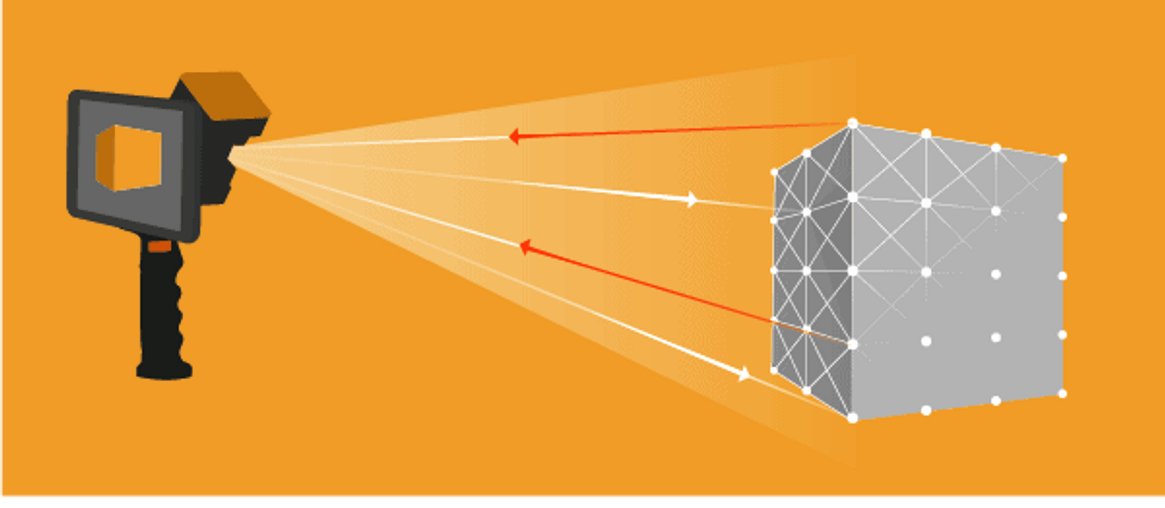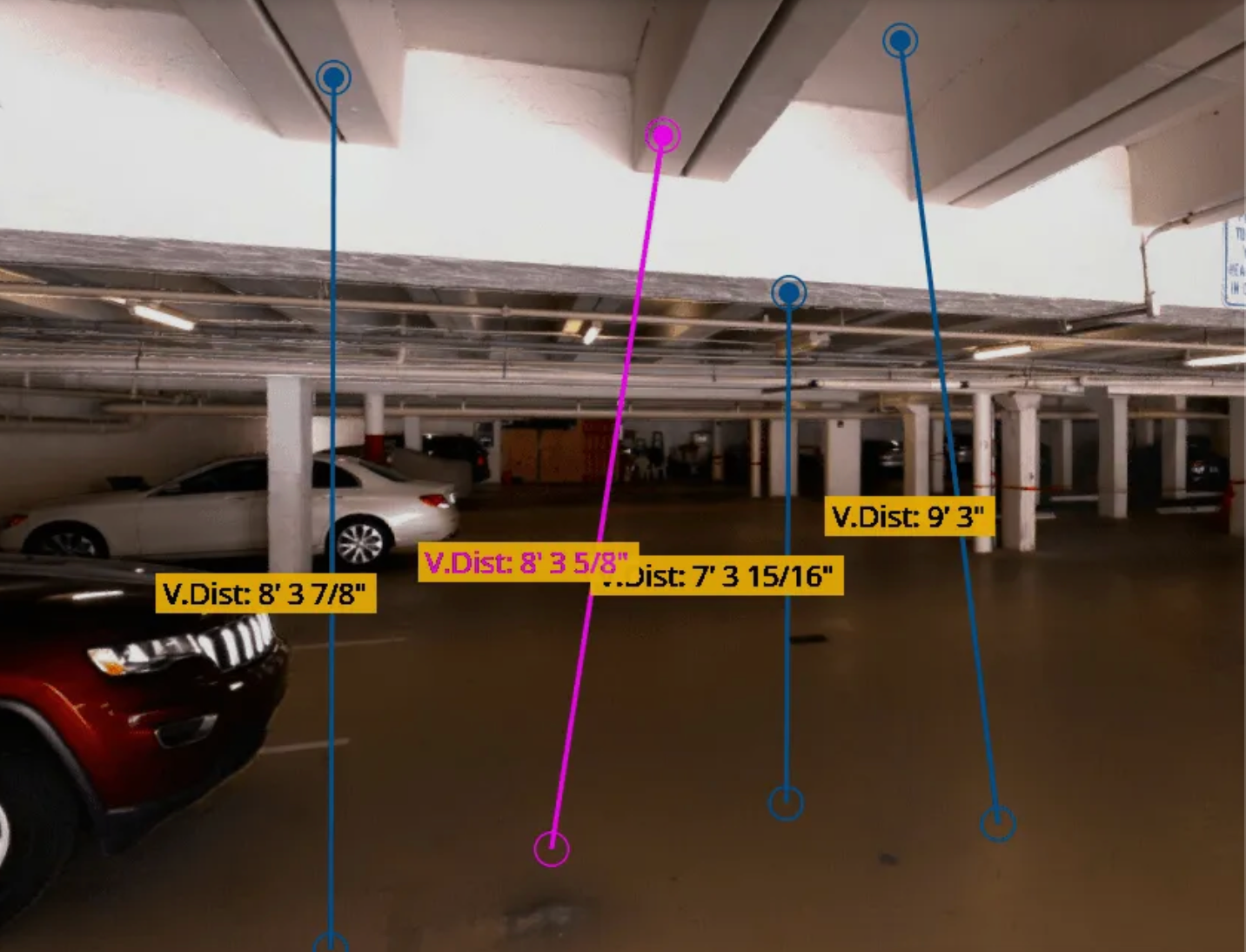Problems that Scan-to-BIM can solve
How can Scan-to-BIM benefit your projects
Introduction
3D scanning and BIM can be used together to create a more efficient and safe construction process.
Scan-to-BIM can help ensure you have the most accurate measurements of a space.
Accuracy is a key part of construction. When the wrong measurements are used, it can cause problems such as clashes and mistakes later in the project. Using scan-to-BIM technology to create a 3D model of your space before any work begins will help keep these types of mistakes from happening in the first place.
Scan-to-BIM can help you visualize a space before construction begins.
Scan-to-BIM is a valuable tool for visualization because it allows you to see how the space will look when it is finished. You can visualize this on your computer screen, or even print out a model of your new office space that you can hold in your hands. This allows you to take measurements of your existing structure and compare them with the size of different rooms in your new building so that everything fits together nicely.
It's also easy for construction workers to use scan-to-BIM technology—it saves them time by allowing them to draw up floor plans quickly with just one click of their mouse (or swipe on their tablet). They won't have any problem finding where they need to go next because they'll be able to see where each room should be before starting work each day!
Scan-to-BIM can help you avoid clashes during construction.
One of the most common problems that arise during construction is clashes. This occurs when two objects overlap, and it's one of the biggest causes for delays and unnecessary costs. With BIM, you can easily avoid these problems by using a software that automatically identifies all clashes in your design. Scan-to-BIM works in a similar way by identifying 3D scans with bad quality or missing parts, helping you avoid clashes before they become an issue.
Scan-to-BIM can help speed up the construction process.
3D scanning can be used to create a virtual model of the space, which can then be imported into BIM software and turned into a 3D model. The resulting BIM file is often used by contractors as a reference during construction because it can show them how much material they'll need for each part of the job, making for more efficient use of labor and materials.
Scan-to-BIM can help improve safety and reduce worker injury.
Safety is a major focus in construction, and for good reason. Worker injuries cost the industry billions of dollars each year, so it’s important to consider how scanning can help improve safety.
Scan-to-BIM technology can help avoid clashes between workers and equipment, which are one of the leading causes of injury on construction sites. By scanning equipment before it arrives at a job site and adding that information to your BIM model as part of your scan process, you will have an accurate representation of where everything should be placed when it arrives on site—no more guessing or miscommunication. This helps reduce risk by avoiding hazards like heavy equipment falling into an area where workers are working or being moved during operations at night when visibility is low.
Scanning also improves communication between project managers and subcontractors/suppliers by sharing high-quality 3D models directly from their laptops via cloud storage solutions such as Dropbox®, Google Drive™, Microsoft OneDrive® etc.
3D scanning and BIM can be used together to create a more efficient and safe construction process.
In some cases, 3D scanning is used as a stand-alone solution for creating a virtual model of a space. In these cases, it allows the user to visualize their project before they begin construction. It also allows them to make sure that the model is accurate before they start building in the real world.
However, when combined with BIM technology, this process becomes even more powerful: now you can not only see what your environment will look like before moving forward with construction but also ensure that you are building according to exact specifications without any errors or inaccuracies along the way!
Conclusion
In the construction industry, it’s more important than ever for workers to use the most accurate equipment possible and collaborate with their coworkers. With a better understanding of their surroundings and how things fit together, workers can make sure that every inch of your building project is done correctly—and without disrupting other work being done nearby. Request a free quote today!




